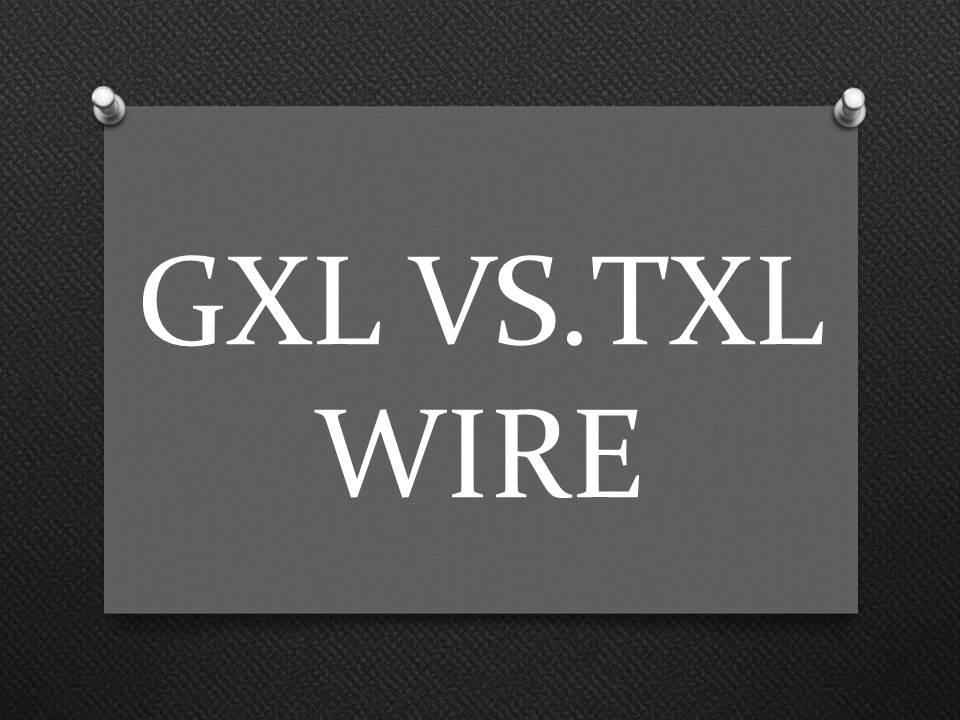GXL vs. TXL

What is the difference between GXL and TXL Wire? While there are a lot of overlapping qualities between GXL and TXL wire, there are also some distinct differences. GXL and TXL wire both consist of multi-stranded bare copper core conductors, a temperature rating of -59°F (-51°C) to 257°F (125°C), cross linked polyethylene (XLPE) along with meeting the SAE, Ford and Chrysler specification ratings. The two main distinct differences between the two wires is their differences in weight and wall thickness. Out of the two wires, GXL is slightly heavier option due to its slightly thicker outer wall. TXL on the other hand, is lighter due to its more lightweight and "extra-thin" outer wall.
GXL Wire:
GXL wire is a thin wall automotive primary wire. GXL comes multi-stranded as a single-conductor and is commonly used in applications where high heat resistance is a requirement. These environments include engine compartments, boats, tractors, buses, trucks and a wide variety of other applications. GXL automotive primary wire is rated to SAE J-1128, Ford (M1L-85B) and Chrysler (MS-8900) specifications.
TXL Wire:
TXL wire is an extra-thin wall automotive primary wire. TXL comes multi-stranded as a single-conductor and is used commonly used in applications where high heat resistance is a requirement such as engine compartments, boats, tractors, buses, trucks, instrument panels, interiors and a wide variety of other applications. TXL wire suggested use is in applications where small diameter and minimal weight is desired. TXL automotive primary wire is rated to SAE J-1128, Ford (M1L-123A) and Chrysler (MS-8288) specifications.

